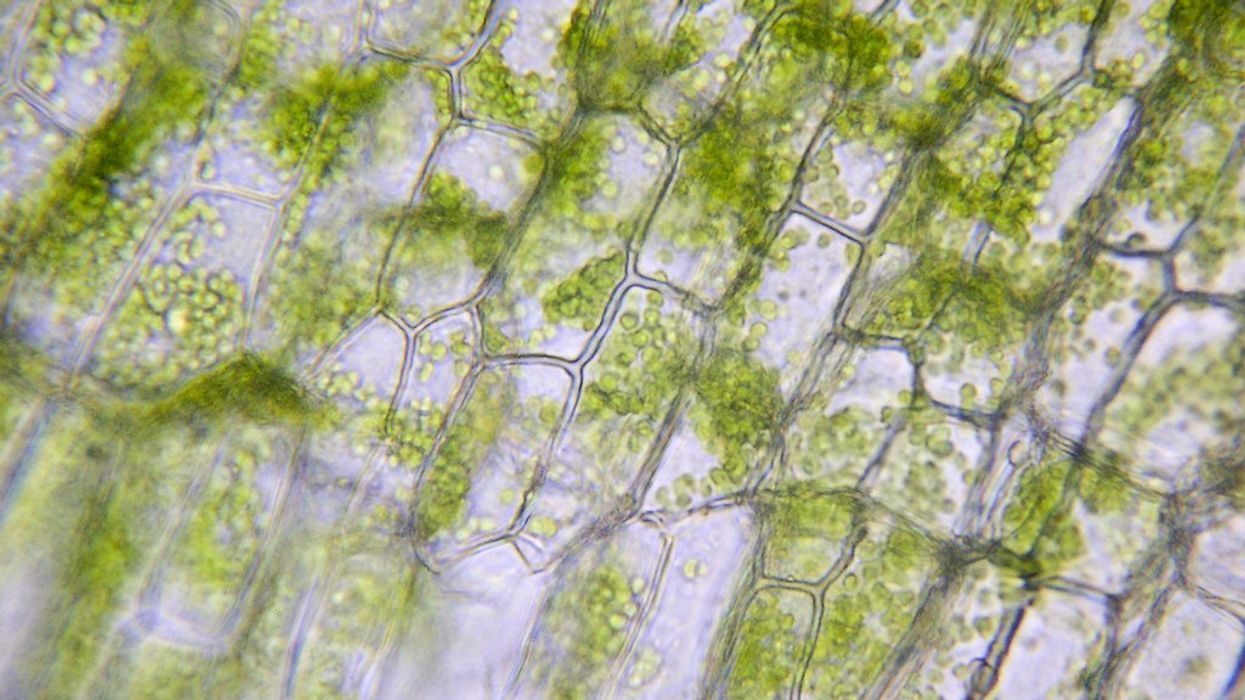Science & Tech
Harry Fletcher
Jan 06, 2024

Creative Commons
The origins of life on Earth have fascinated the scientific community throughout the ages, and now a new development might help to paint a clearer picture than ever before.
The discovery centers around uncovering evidence of oxygenic photosynthetic structures.
Sounds pretty complicated, but it’s all to do with cell structures that can turn sunlight, water and carbon dioxide into energy and oxygen.
The oldest fossil containing direct evidence of oxygenic photosynthetic structures previously dated back to around half a billion years ago.
However, the new discovery pushes the time scale back by 1.2 billion as the fossils date back to a staggering 1.75 billion years ago.
The structures are pretty simple in the grand scale of life on Earth now, but they were absolutely crucial to the Great Oxygenation Event – a key moment on our planet which helped to fill the atmosphere with breathable air and make it possible for life forms to flourish.
The new study is published in Nature and it sees research detail the discovery of fossils from the McDermott Formation in Australia.
“Their of oxygen led to accumulation of oxygen and profoundly modified the chemistry of the Earth’s oceans and atmosphere, and the evolution of the biosphere, including complex life,” study co-author Emmanuelle Javaux of the University of Liège told Vice.
It comes after new research suggested that ’fountains of diamonds’ could be sent shooting up to the surface of the Earth as part of a major geological event.
Sign up for our free indy100 weekly newsletter
How to join the indy100's free WhatsApp channel
Have your say in our news democracy. Click the upvote icon at the top of the page to help raise this article through the indy100 rankings
Top 100
The Conversation (0)













